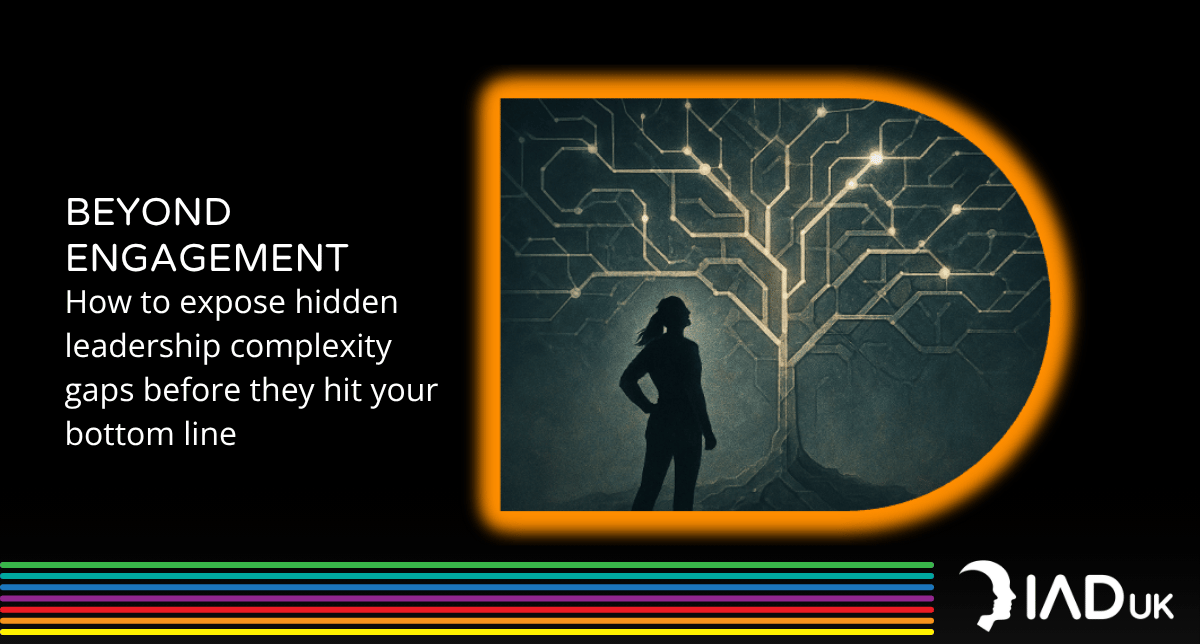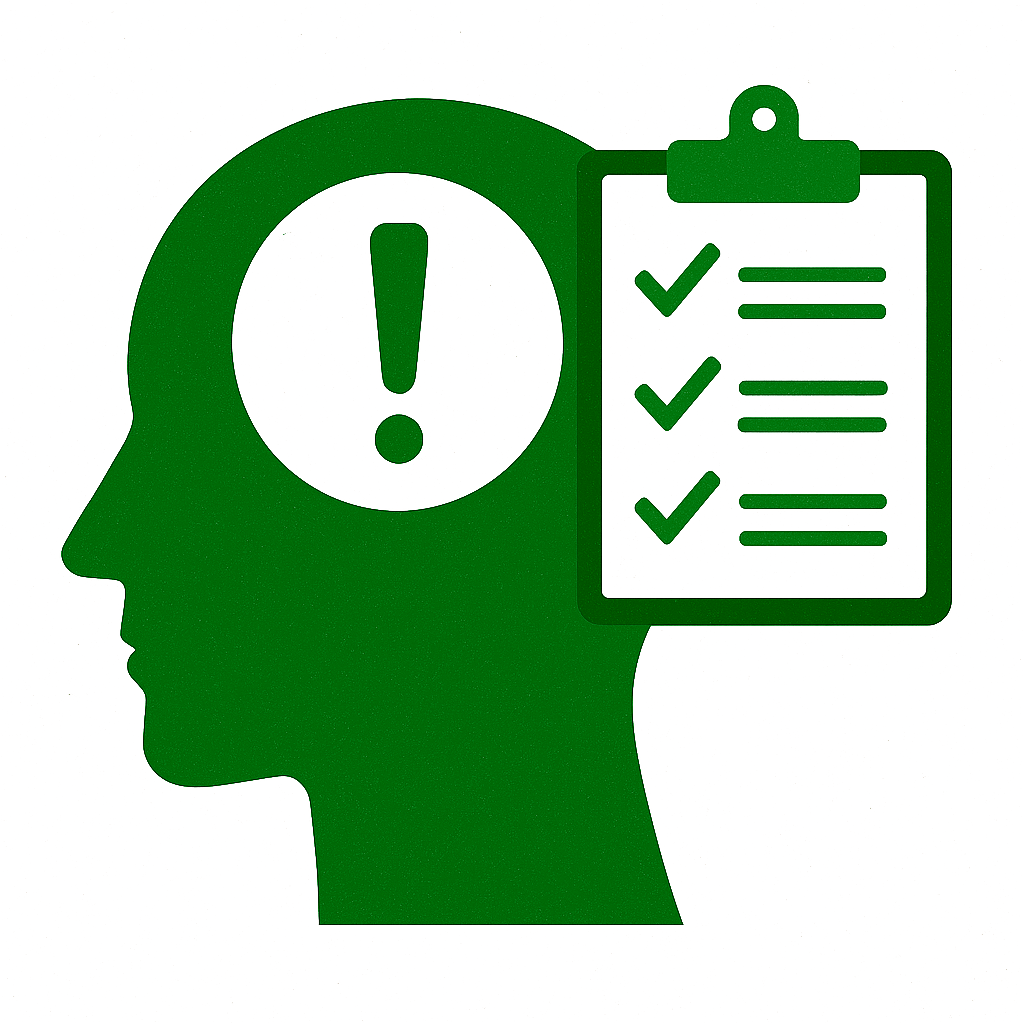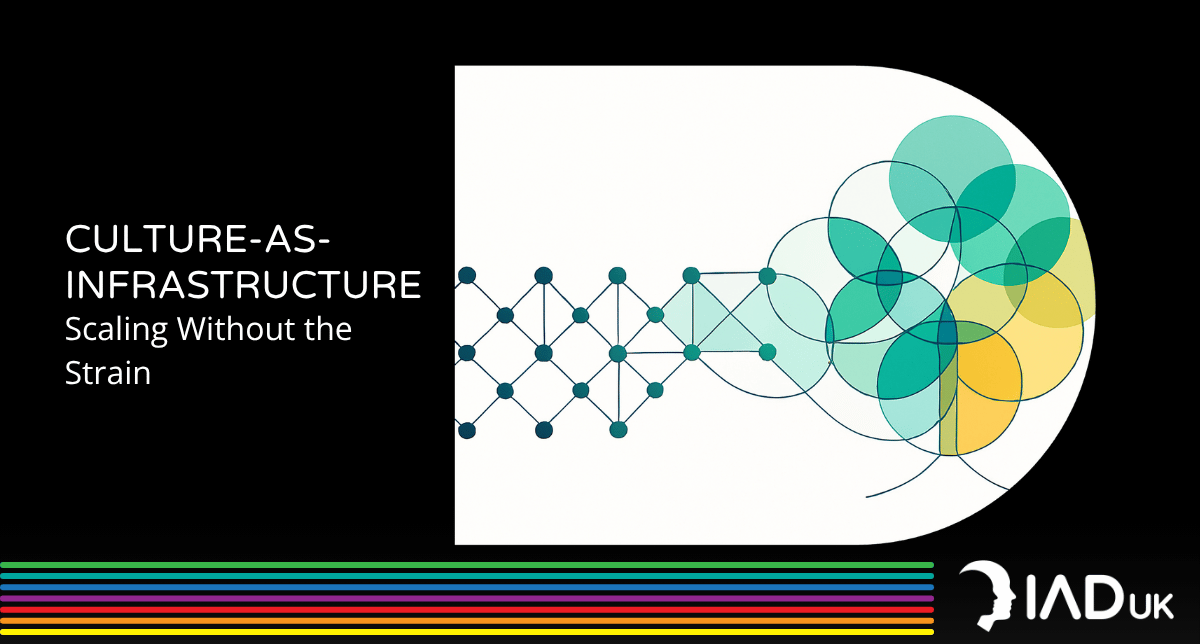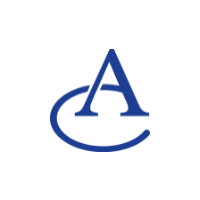Beyond Engagement: How to expose hidden leadership complexity gaps before they hit your bottom line

Why the data you already own can’t tell you “why”
Every Organisational Development and change professional knows the pattern. The survey results land. A splash of colour-coded dashboards. Some scores are up, others stubbornly low. You dig into team comments, chasing clues. Then you run another round of manager training, mental health support, maybe even a leadership reset.
But the same hotspots keep flaring.
It’s not that the data is wrong. It’s just incomplete. Engagement surveys show where energy is lost, but not what’s causing the drain. They reveal symptoms, not diagnosis.
This year’s Gartner research1 makes that gap impossible to ignore:
- 75% of HR leaders say their managers are overwhelmed.
- 70% admit their current development efforts don’t prepare leaders for the future.
So we ask:If engagement data tells you where it hurts, what’s the X-ray that shows the break?
Most organisations don't have one. And until they do, they’ll keep treating the surface while the real issue compounds beneath it.
Complexity gaps: the root cause hiding in plain sight
In every role, there’s an unspoken contract: the organisation assumes the person in the job can think at the level the role demands. Most of the time, that assumption goes untested.
But as businesses grow, change accelerates, and ambiguity deepens, many roles become more cognitively demanding, without anyone noticing. The result? A silent mismatch between the complexity of the role and the complexity of the person’s thinking.
This is the
leadership complexity gap.

It’s not about intelligence. It’s about how leaders structure meaning, how they make sense of competing priorities, long-term ambiguity, and systemic cause-and-effect. And it’s rarely visible in performance reviews or engagement scores.
But you can feel it in the patterns:
- Change initiatives that keep stalling or circling back.
- Bright, high-potential leaders burning out under complexity they can’t articulate.
- “Good” managers who can’t seem to scale with the business.
These aren’t people problems. They’re complexity mismatches.
And unless you’re measuring thinking complexity and role complexity explicitly, these gaps remain hidden until they turn into attrition, rework, or cultural drift.
From symptoms to diagnosis
Once you suspect a complexity gap, the next question is:
How do you make it visible before it costs you?
That’s where structured diagnostics come in. Not psychometrics. Not self-assessments. A true diagnostic looks at two sides of the equation:
- What the role now demands, in terms of cognitive complexity.
- How the leader currently thinks, using tools like the Awareness Quotient and Thinking Quotient.
When these are mapped together, the picture sharpens fast. You see not only who is mismatched, but how, and why.
For example:
- A strategic operations lead who excels at execution but struggles to think in interdependencies.
- A transformation sponsor who can handle complexity, but frames everything in binary trade-offs.
These gaps don’t show up in sentiment surveys, but they play out daily in decision latency, tension between teams, and stalled initiatives.

TheComplexity Gap Diagnostic™ makes this visible. It’s not about judgement. It’s about clarity. It gives OD and change professionals a sharper lens to identify risk, design interventions, and, crucially, match the right kind of development to the real cause.
Before you launch another engagement initiative, ask:
Do we truly understand the complexity this role requires, and whether our leaders are equipped to meet it?
Translating insight into intervention
Once a complexity gap is visible, the usual playbook won’t cut it. Generic leadership training can’t close a structural mismatch. In fact, it often reinforces the problem by giving people tools they can’t yet wield with the necessary depth of understanding.
The right response is not more content. It’s vertical development.

That means deliberately growing the leader’s capacity to think in more complex, more adaptive ways. Not just what they know, but how they construct meaning from uncertainty, conflict, or scale.
Dynamic Intelligence is the lever here. It’s the ability to make meaning: in motion, under pressure, with ambiguity, through others. And unlike personality traits, it can be developed.
Effective interventions look different:
- Micro-experiments that stretch thinking through safe-to-fail scenarios.
- Peer sprints that surface blind spots and reveal hidden assumptions.
- Coaching relationships with verified “More Complex Others” (MCOs) who scaffold the next level of awareness.
- Role redesigns that align challenge with capability, not overload with aspiration.
This is not about making things harder. Paradoxically, raising cognitive complexity often reduces overwhelm, because leaders begin to see clearer patterns in the chaos.
Before long, what once felt like firefighting becomes navigable terrain.
Roadmap
How to shift from firefighting engagement issues to designing for complexity-fit leadership
1. Re-frame what success looks like
Move beyond engagement as the primary signal. Start trackingcomplexity alignment, the match between what roles demand and how leaders think. Treat it as a lead indicator for both cultural health and strategic performance.
2. Audit critical roles for cognitive fit
Choose two roles where poor decisions, slow execution, or churn have carried hidden costs. Use a Complexity Gap Diagnostic to surface where mismatches lie between the role's requisite complexity and the individual’s current cognitive profile.
3. Target interventions where business risk is highest
Don’t roll out another blanket training initiative. Focus resources where complexity gaps intersect with business-critical priorities: transformation, sales leadership, cross-functional orchestration. These are where marginal gains create exponential impact.
4. Normalise development in the flow of work
Make vertical development a lived part of the culture, not an offsite activity. Use the principles of aConsciously Constructing Culture™ to embed reflection, feedback, and deliberate disequilibrium into the way teams operate every day.
Julie's story
From Overwhelm to Influence: One Complexity Gap Revealed. And Closed
Julie had every reason to be successful. As Head of Sales at FloweMedia, she was responsible for driving revenue, converting leads, and translating the agency’s strategic value into commercial wins. On paper, she was effective. Clients liked her. Proposals landed. But something wasn’t scaling.
Despite solid KPIs, her performance was stalling. Delivery strained under client demands she hadn’t challenged. Internally, Julie was exhausted, struggling to assert her ideas, stretching herself thin to meet everyone's expectations, and doubting whether she was really “senior leadership material.”
A Complexity Gap Diagnostic revealed the real issue. The role required AQ7: self-aware, adaptive, and strategic. Julie was operating from a low AQ5: highly responsive, but externally referenced, and caught in patterns of people-pleasing and perfectionism. She wasn’t underperforming. She was overthinking in the wrong direction.
Instead of tackling “confidence” or “sales technique,” the intervention focused on her construction of self: how she made sense of power, boundaries, and value. Through a series of developmental conversations, coaching with a More Complex Other, and targeted disequilibrium around her Cognitive Intentions, Julie began to see herself, and her role. differently.
Six months later, the difference was measurable and felt across the business:
- She was closing larger deals with clearer boundaries.
- Strategic conversations became a source of energy, not anxiety.
- Her AQ score had shifted toward AQ6+, with upward momentum.
Crucially, she hadn’t just become “better at sales.” She had becomea more complex thinker, one capable of holding ambiguity, asserting influence, and making intentional choices in high-stakes situations.
And that shift, unseen in surveys, but unmistakable in outcomes, unlocked the next level of performance for both Julie and FloweMedia.
5. Measure what matters
Stop relying on annual engagement surveys to reveal leadership challenges. Implement quarterly AQ/TQ pulses for critical roles. You don’t need to assess everyone, just those whose decisions create second and third-order effects across the organisation.
This isn’t a replacement for engagement work. It’s the step before it.
When you align role complexity with thinking capability, engagement becomes a trailing indicator of real developmental health.

Questions you should be asking
If engagement scores are just the smoke, where’s the fire?
The answers rarely sit in training attendance or pulse comments. They emerge when you ask sharper, more systemic questions, ones that expose how complexity is being handled (or not) in the flow of leadership.

Here are the questions we believe every OD and change professional should be asking now:
- Where are we already paying the price for complexity gaps without naming them?
(Think: decision rework, change fatigue, team churn, friction between functions.)
- Which roles will require a step-change in thinking over the next 12–18 months?
(Not new roles, existing ones whose demands have outgrown how they’re being led.)
- How do we distinguish capability from capacity?
(Are we assuming people need “more time” when what they really need is more awareness?)
- Are we promoting based on performance in the current context, or potential for complexity in the next?
(And do we know how to tell the difference?)
- What percentage of our development budget is actually growing cognitive capacity, rather than just adding skills?
(And how do we know?)
- How are we measuring the return on development in a world where challenges evolve faster than programmes?
(And what data would we need to make that visible?)
You don’t need to answer them all today. But if your development strategy isn’t at least asking them you may already be leading from behind.
A final word
Disengagement is the symptom.
The complexity gap is the disease.
If your organisation is still treating leadership issues with more engagement tactics, it’s time to look deeper. Most underperformance, burnout, and stalled change aren’t caused by lack of effort, they’re caused by a mismatch between the thinking required and the thinking applied.
That’s not a skills issue.
It’s a developmental one.
At the Institute for Adult Development, we help leaders and organisations close these complexity gaps before they become costly. Our Complexity Gap Diagnostic™ and Next Level Coaching interventions are designed not to fix surface problems, but to upgrade how people think so they can lead more strategically, adaptively, and effectively.
If you want to:
- Retain your top people without burning them out,
- Prepare leaders for what their roles are becoming, not just what they’ve been,
- And embed a culture of cognitive development that scales with your business
Then the next move is simple:
Pilot a Complexity Gap Audit in one strategic role. Let the data speak.
If you want better engagement scores, start where engagement problems begin:
How your leaders make sense of the complexity they’re in.
Schedule a call to explore how we can help your organisation
expose hidden leadership complexity gaps before they hit your bottom line
Alternatively, why not download your complementary copy of our new book:
An Introduction to the Dynamic Intelligence Development System™
Sources:
1 Top 5 Priorities for HR Leaders in 2025, Gartner




